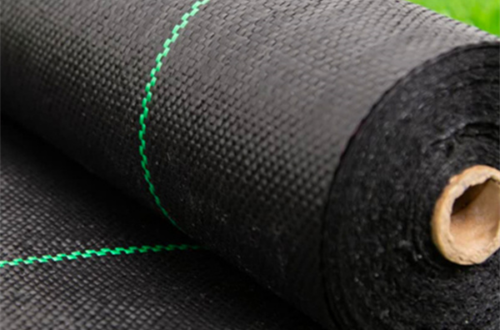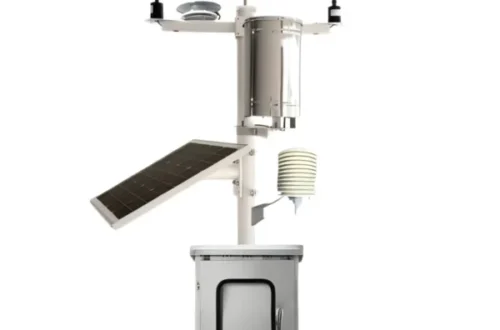Sanitary Napkins Raw Material: Composition and Manufacturing Process
# Sanitary Napkins Raw Material: Composition and Manufacturing Process
Sanitary napkins, also known as menstrual pads, are essential hygiene products used by women worldwide. Understanding the raw materials and manufacturing process behind these products is crucial for ensuring their quality, safety, and effectiveness. This article delves into the composition of sanitary napkins and the steps involved in their production.
## Composition of Sanitary Napkins
Sanitary napkins are made from a combination of materials, each serving a specific purpose. The primary components include:
– **Top Layer (Cover Stock):** This is the layer that comes into direct contact with the skin. It is typically made from non-woven fabric or perforated film, designed to be soft, breathable, and quick-drying.
– **Absorbent Core:** The core is the most critical part of the napkin, responsible for absorbing menstrual fluid. It is usually composed of wood pulp, superabsorbent polymers (SAP), or a blend of both. SAP can absorb and retain large amounts of liquid, making it highly effective.
– **Back Sheet:** The back sheet is the bottom layer of the napkin, usually made from polyethylene or polypropylene film. It is waterproof to prevent leaks and is often embossed for better grip on underwear.
– **Adhesive Strips:** These are used to secure the napkin in place on the underwear. They are typically made from pressure-sensitive adhesive materials.
– **Release Paper:** This is a protective layer that covers the adhesive strips before use. It is usually made from silicone-coated paper or film.
## Manufacturing Process
The production of sanitary napkins involves several steps, each requiring precision and adherence to hygiene standards. Here’s an overview of the manufacturing process:
1. **Material Preparation:** The raw materials, including the top layer, absorbent core, back sheet, and adhesive strips, are prepared and inspected for quality.
2. **Core Formation:** The absorbent core is formed by blending wood pulp and SAP. This mixture is then compressed and shaped into the desired thickness and size.
3. **Layer Assembly:** The top layer, absorbent core, and back sheet are assembled in a continuous process. The layers are bonded together using heat, pressure, or adhesives.
4. **Cutting and Shaping:** The assembled material is cut into individual napkins of the required size and shape. The edges are often sealed to prevent fraying.
5. **Adhesive Application:** Adhesive strips are applied to the back sheet, and release paper is attached to protect the adhesive until use.
6. **Packaging:** The finished napkins are packaged in sterile conditions to maintain hygiene. They are typically packed in individual wrappers and then grouped into larger packages for distribution.
7. **Quality Control:** Throughout the manufacturing process, quality control checks are conducted to ensure that the napkins meet safety and performance standards. This includes testing for absorbency, leakage, and skin-friendliness.
## Conclusion
Sanitary napkins are a vital product for women’s health and hygiene, and their production involves a complex interplay of materials and processes. By understanding the composition and manufacturing steps, consumers can make informed choices about the products they use, and manufacturers can continue to innovate and improve the quality of these essential items.
Keyword: Sanitary Napkins Raw Material



